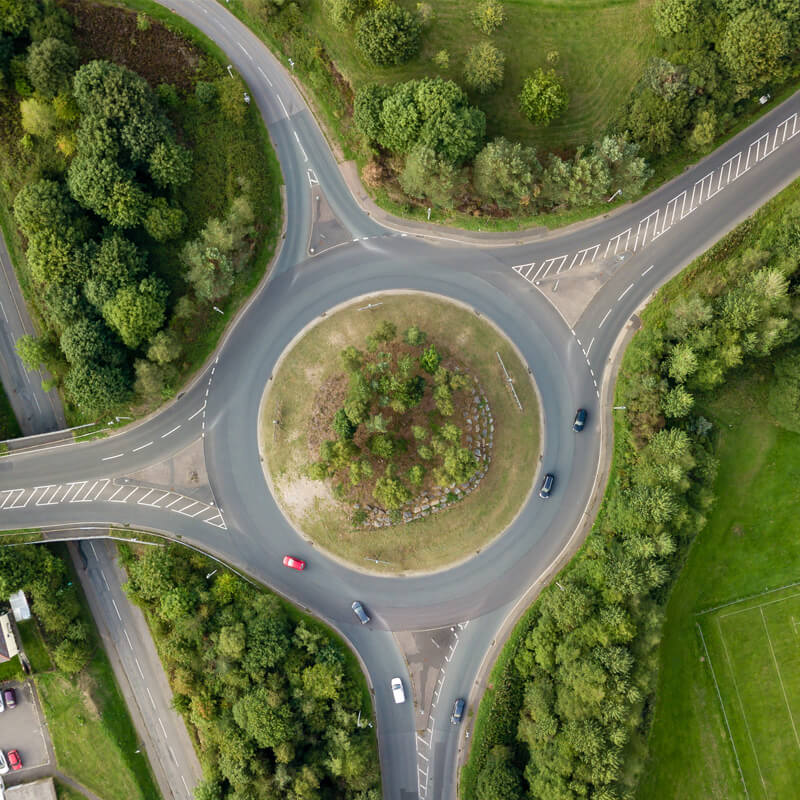Understanding Driving Test Faults

There’s no magic formula when it comes to understanding driving test faults.
We’ve rounded up what the most common sorts are, and what you should look out for to make sure you ace that Practical Driving Test! When you’re taking your Driving Test and busily concentrating, and hoping for a pass, it’s easy to think that you’ve made a huge mistake and to then lose hope. But, if you had a greater understanding of Driving Test faults, and how examiners see them, you’ll have a greater chance of staying calm and adjusting your driving to make sure you pass.
Put simply, to pass your Practical Driving Test, you must have 15 or less Driving Test faults and no serious or dangerous faults.
If you need more information about what to expect in the day of your test, read our blog on the subject.
Classes of Driving Test faults
The 3 types of Driving Test faults are:
- A serious fault, which has the potential to be dangerous.
- A dangerous fault, which involves actual danger to yourself, the examiner, the public or property.
- A driving fault – which isn’t dangerous per se, but if you repeat a driving fault throughout the test it could become a serious fault.
The DVSA has released the top 10 reasons for failing the Driving Test
The most common faults made during Driving Tests between 4 December 2017 and 3 December 2018 were:
• Junctions – Observation: Make sure you’re properly observing traffic at junctions before emerging into traffic.
• Mirrors – Change direction: If you need to change direction be sure to make effective checks using your rearview and wing mirrors.
• Control – Steering: Make sure you stay in your lane, follow the kerb, and whatever you do, do not mount the kerb.
• Junctions – Turning right: make sure you’ve positioned your vehicle so it doesn’t cut the corner while observing traffic.
• Move off safely: When you move into traffic make sure you’ve indicated and check around you for blind spots.
• Response to lights – Traffic lights: Yes, this one does catch people out! Be sure you’re obeying the lights and the stop road markings.
• Move off – Control: Yes, this is where you can’t stall the car! If you repeatedly stall you’ll get a fault, but also check the handbrake is off!
•Positioning -Normal driving: Stay in your lane and don’t straddle other lanes!
•Response to signs – Road markings: You must be aware of the road markings and to follow them closely. For instance, stopping in a yellow box junction when you’re exit isn’t clear will result in a fault.
• Reverse Park – Control: You’ll either need to parallel park or reverse park as part of the test. If you lose control you’ll earn a fault!
At the end of your test the examiner will tell you if you’ve passed or not, and explain how your driving was, and which faults you incurred.
If you have failed your test, don’t despair – over half of all people do fail. It’s important you take on board what the examiner has failed you on, then work on those areas with your driving instructor.
Good luck, and let us know how you get on!


